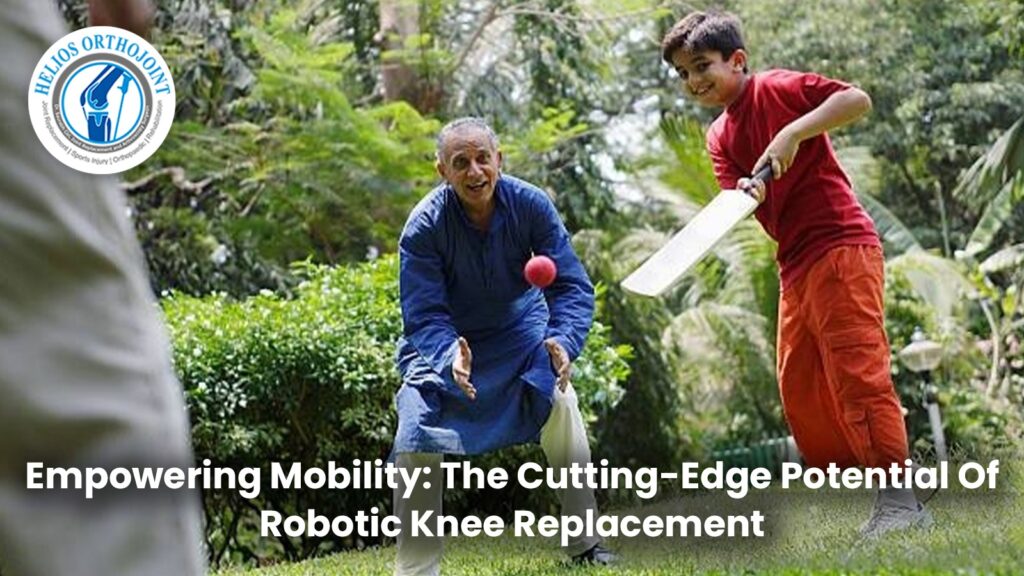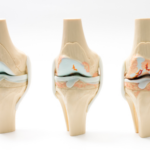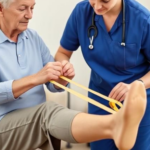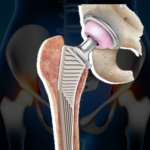
Introduction
Medical technology advancements continue to transform healthcare by presenting creative solutions that improve patient outcomes and quality of life. Robotic knee replacement, a cutting-edge procedure that combines the accuracy of robotics with the expertise of skilled surgeons, is one such innovation in orthopedic surgery. This blog examines how robotic knee replacement can improve mobility and drastically alter the lives of people who have degenerative knee joints.
Knowledge of Knee Replacement
Osteoarthritis is frequently the cause of knee joint degeneration, which can result in persistent pain, restricted mobility, and a lower quality of life. When non-surgical options have been exhausted, patients frequently choose knee replacement surgery. In a traditional knee replacement, the damaged bone and cartilage of the knee joint are removed and replaced with an artificial implant. While this process has been successful, robotic knee replacement raises the bar.
The Development of Robotic Knee Surgery
A novel approach to surgery is introduced by robotic knee replacement. It combines cutting-edge robotic technology with real-time imaging, enabling surgeons to carry out procedures with a level of accuracy and precision never before possible. Before making a single incision, surgeons can plan the procedure with the utmost precision by building a 3D model of the patient’s knee using a robotic arm.
Increasing Surgical Accuracy
The ability of robotic knee replacement to improve surgical accuracy is one of its most important benefits. The robotic arm works as a millimeter-level extension of the surgeon’s hand, guiding the surgical instruments. This fine control allows for less blood loss, less damage to the surrounding tissues, and quicker patient recovery. Additionally, the robotic system offers real-time feedback to help surgeons make decisions about the procedure.
Individualized Treatment Plan
Because each patient’s knee joint is different, a one-size-fits-all strategy might not always result in the best results. Robotic knee replacement offers a specialized method of care that is adapted to the anatomy of each patient. The detailed examination of the patient’s knee joint during the preoperative planning stage enables surgeons to pinpoint specific areas that need attention. This individualized strategy guarantees that the artificial implant is correctly positioned, improving alignment and functionality.
Getting Rid of Complications and Improving Results
The chance of complications during knee replacement surgery can be greatly decreased by incorporating robotics. The robotic arm’s accuracy reduces the possibility of implant misalignment, instability, or early wear. Because of this accuracy, patients experience better long-term results, less pain, and a wider range of motion. Robotic knee replacement may also result in a quicker return to daily activities and shorter hospital stays, allowing patients to regain their mobility and independence more quickly.
Continued Research and Innovation
The development and refinement of robotic knee replacement continue, as with any new technology. Researchers are constantly looking into new ways to improve the process. This comprises improvements in robotic navigation, enhanced imaging methods, and the incorporation of AI algorithms. These developments have the potential to revolutionize the field of orthopedic surgery by providing patients with even more specialized and effective treatment options.
Conclusion:
An amazing development in orthopedic medicine, robotic knee replacement surgery gives people with degenerative knee joints a path to improved mobility and quality of life. This cutting-edge technology is an invaluable tool for both surgeons and patients due to its precision, customization, and decreased complications. We anticipate even greater developments in the field as robotic knee replacement research and innovation continue to advance, which will ultimately help countless people all over the world.
At the forefront of this transformative technology is Helios OrthoJoint, a leading provider of robotic knee replacement solutions. With their commitment to innovation and patient-centered care, Helios OrthoJoint is paving the way for improved surgical outcomes and empowering individuals to regain their independence and mobility.
By harnessing the potential of robotic knee replacement, we have the opportunity to revolutionize the way we approach knee joint degeneration, providing patients with new hope and possibilities for a more active and pain-free life. The future of orthopedic surgery looks bright as we continue to explore the cutting-edge potential of robotic advancements, empowering individuals and transforming the landscape of mobility and healthcare.




